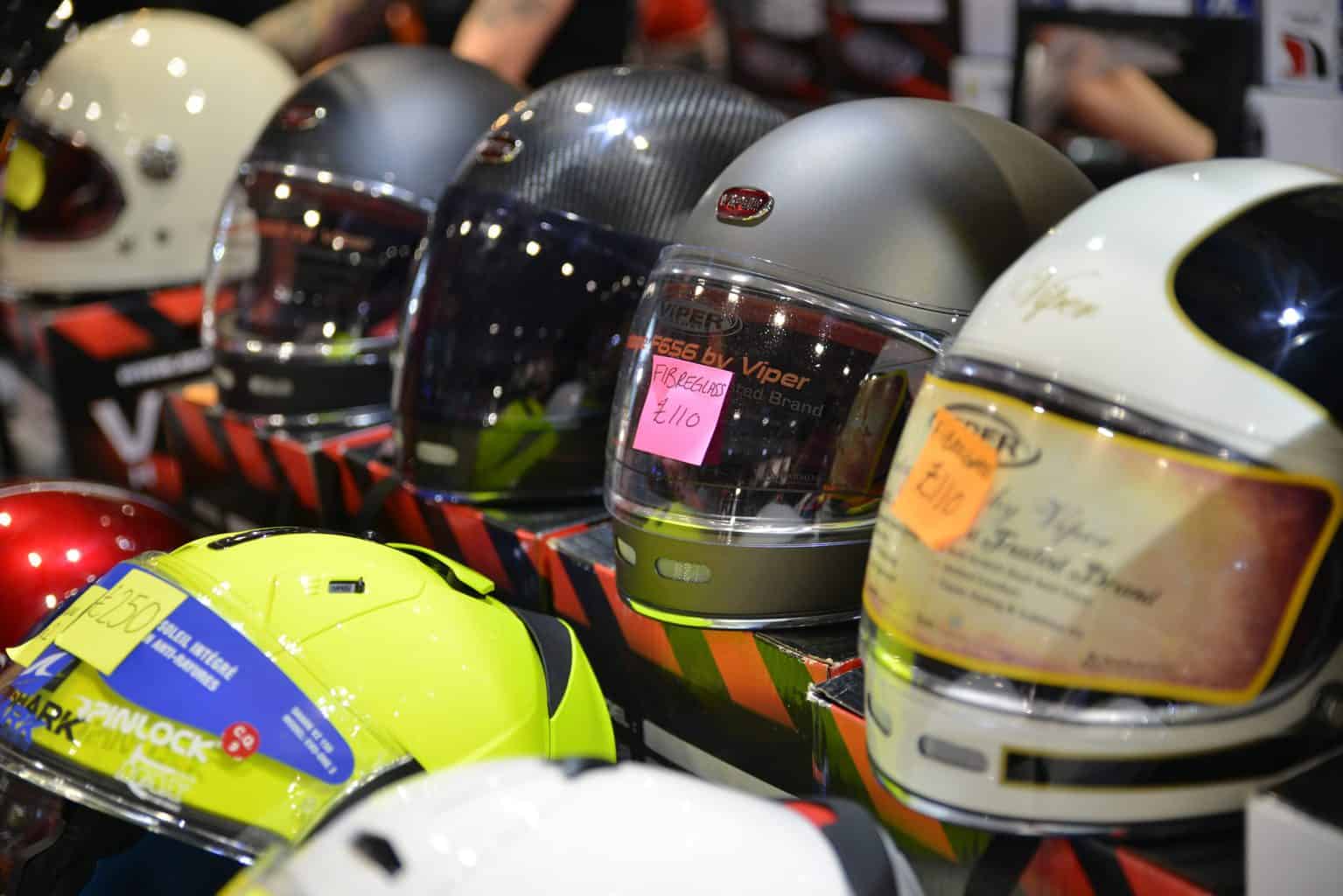New Helmet Regulations in 2020
You may have read that ECE 22.06 is the new regulation on the motorcycle helmet block – but what does it actually mean and how will it impact riders?
Allow us to explain and answer some of the questions you may have…

I didn’t even know there was an ECE 22.05?
Well, there is! It was introduced in 2000 to ensure that when people bought helmets then they could be sure it was tested to a certain standard – one designed to keep you safe – and placed all helmets on a level playing field. Many people think that it’s to do with the EU, but actually ECE stands for Economic Commission for Europe and it comes under the United Nations Economic Commission for Europe. Bet you’re glad you asked now…
So, ECE 22.06 will replace ECE 22.05 and mean that I can’t wear my helmet anymore?
No. Don’t panic. The proposed changes that are being suggested need to be voted on – and then there’s another three years before the regulation will then come into force. Even when it comes into effect, it doesn’t mean you have to stop wearing your existing helmet, it just means that when you come round to buy a new one, the options will be certified to a new level.
What helmets will it impact?
It’s going to cover all types of helmet – whether you’ve got an open face, jet style or a full face. It’s also going to cover accessories that come fitted as standard – so things like visors and integrated sunvisors.
What sort of changes can we expect to see?
At the very heart of it, the ultimate aim is to make helmets as safe as they can be. Therefore, as you can imagine, the additional tests set out to check helmets meet stringent standards.
Helmet impact testing will be done at different speeds and across more parts of the helmet shell than they currently do. It will also be tested with different shaped anvils – flat, sloping and kerb shaped. Rotational acceleration will also be tested – this is simulating the rotating and the twisting of the head in the event of an accident.
Makes a lot of sense when you think about it like that, doesn’t it? A lot of the above has filtered down from the FIM homologation required for racers in top championships… not that it’s anything new, racing is the pinnacle of the sport and makes the perfect testing ground for safety tech – we saw it happen with airbag tech…
There have been some big changes in helmet technology since ECE 22.05 was imposed, so it makes sense for this to be reflected in the regulations.
Does it mean I’m going to have to pay more for a motorcycle helmet then?
What individual helmet manufacturers will do is entirely up to them. For some, the new regulations will make little impact as they will already have the capability to pass the additional tests with their range. Plus many of them will know of the new regulations coming far in advance so it won’t be completely ‘new’ news to them. But for some, it may present a challenge and they will need to invest in Research and Development in order to bring a helmet to market which meets the new regulations.

Ultimately, you’ve got one head, it’s important to look after it as well as you can. Any regulations that push manufacturers to make protecting it even easier have got our vote.
#StaySafe, #StayAlert, #StayPositive and keep washing those hands (yes, it’s still important!).


